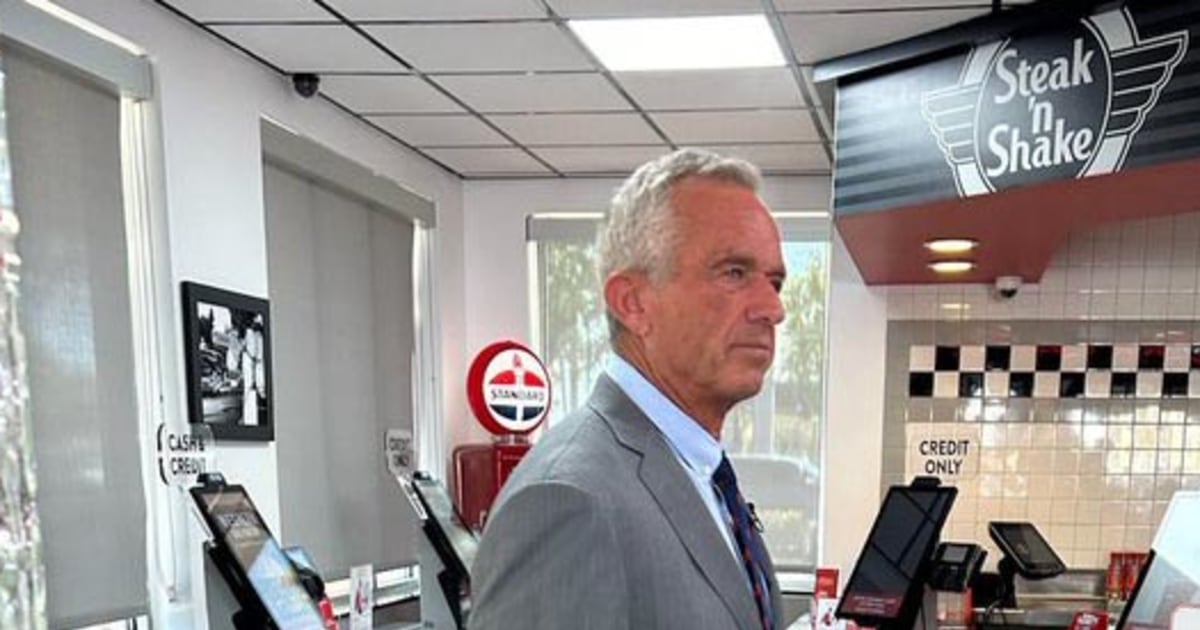
How are you making ends meet in the current economy? We want to hear your story. Email us at [email protected].
- Works mainly in the beauty section at Target, making $16.50 an hour.
- Supplements her retail wages with product plugs on TikTok.
- Bought a home in 2021 with help from a community development group.
Kaitlin Sonday has been a Target employee for six and a half years, so she’s worked her fair share of Black Fridays. That post-Thanksgiving sales bonanza has always been busy, but now the whole season feels hectic as her team handles spikes in online orders and returns.
“It’s definitely crazy during the holiday season,” she said.
Even so, Sonday, 25, of Lincoln, Nebraska, prefers retail to a job that would put her animal science degree to use. She makes around $30,000 a year at Target and has a social media side hustle that pulls in extra income, but Sonday likes retail and thinks more people should get some experience in the industry.
“You are truly helping people directly,” she said.
Primary source of income: Sonday’s hours fluctuate, but she normally works around 35 hours a week making $16.50 an hour, up from her starting pay of $11 an hour. That’s well above the state’s $12 hourly minimum but beneath the $19.71 that MIT researchers calculate as a “living wage” for a single, childless adult in Lincoln’s Lancaster County.
Sonday isn’t allowed to work overtime, so she doesn’t clock more than 40 hours per week. But she pulls in additional earnings as a social media influencer, drawing on her day job. About three years ago, Sonday started posting on TikTok about working at Target and has since gained a following of over 70,000.
Her posts range from tips about Target products to social media strategy and budgeting. Brands like Skims, EOS and Rare Beauty have taken notice and sent her packages of goods to promote.
Sonday estimated she made about $35,000 from social media in her first year. While that side-gig income has ranged widely more recently, it typically adds up to about $10,000 annually, helping her cover bills more comfortably and pad her savings, which she’s built up to about $20,000.
Living situation: Sonday can say something many young people can’t: She’s a homeowner. She bought her two-bedroom property in 2021 for $205,000 with assistance from NeighborWorks, a community housing development nonprofit. The aid included a $10,000 loan for her down payment and $15,000 for repairs with no interest, and she’ll only have to pay it back if she sells the house within 10 years.
Sonday lives with one roommate who rents from her for $580, which Sonday puts toward her $1,400 monthly payments on a 30-year fixed mortgage with a 6.38% interest rate.
Her utilities usually range from $60 to $100 per month, with her phone bill costing an additional $60 and Wi-Fi another $30. She estimates spending about $70 each month on gas, with a gallon of regular hovering around $2.83 in her area, about 23 cents below the national average.
Sonday’s other roommate is her dog, Winston, a playful golden retriever who eats about $30 in food every month.
Economic outlook: Sonday pulls in less than the annual median household income in Lancaster County, which was about $70,000 in 2022, the latest year for which federal data is available. But she’s relatively comfortable all the same.
“I know how to manage,” Sonday said. “I know how to allocate money well, so then I can still enjoy things in life.”
Target’s employee discounts help keep down her weekly costs, shaving 10% off her grocery purchases at the store and an additional 20% on certain healthy options like fruits and vegetables. She has been driving the same 2011 Hyundai Elantra, which her mother bought for her, since she was 16.
“That has helped me achieve what I have — by holding off and focusing on other financial goals in my life versus wanting a newer car,” she said.
Still, Sonday has found herself paying more attention to day-to-day costs lately, even as inflation cools down. “Seeing how expensive everything is in general, you have to really think about, ‘What do I want to spend my money on? What’s worth it?’” she said.
Sticking with retail: Sonday was raised by a single mother, who used to work at the University of Nebraska, Lincoln, which Sonday attended at a discounted rate. As a result, she didn’t have to take out any student loans, graduating in 2020 with a degree in animal science, having also minored in business.
Just because you work in retail doesn’t mean that’s the end goal. And if retail works for you, that’s OK, too.
Kaitlin Sonday, Lincoln, Neb.
But many jobs working with animals don’t pay well, Sonday said, unless they’re science-heavy or accompanied by graduate degrees. (For example, veterinary technicians, who typically have associate degrees, make an average of $19 an hour in the Lincoln area, according to ZipRecruiter.)
She has considered ways to make use of her B.A., but being “not as much the science girl,” Sonday became more keen on social media marketing in college. And combining her Target job with her TikTok side gig gives her a creative outlet.
Sonday works mainly in the store’s beauty section, but her shifts increasingly involve fulfilling pickup orders. That can require searching backstocks and truck deliveries for items purchased online. “It is more like a daily thing, even though that isn’t my specific work area,” she said.
The rise of online orders has also made predicting staffing levels difficult, and the store can feel understaffed during the holidays, she said. Sonday said she often jumps in to help co-workers, especially those running out curbside pickup orders in the cold.
“Target’s team members are at the heart of making Target a great place to shop — during the holidays and year-round,” spokesperson Brian Harper-Tibaldo said in a statement. “Most store team members are trained to work in our Drive Up area because, like check-out, we aim to help our guests quickly receive their orders, even during peak hours. We know our teams work hard, and their flexibility and dedication to our guests are greatly appreciated.”
Despite periodic challenges, Sonday has no immediate plans for a career change. After starting at Target part-time while still in college, she developed close friendships there. She also said she’s learned a lot about the business and doesn’t view retail as a “dead end job.”
It gives her great flexibility, too; since starting at Target, she’s taken six weeks off to travel to Italy — twice.
“Just because you work in retail doesn’t mean that’s the end goal,” Sonday said. “And if retail works for you, that’s OK, too. You don’t always have to be chasing some type of goal that society has given everyone.”
CORRECTION (Nov. 29, 2024, 9:50 a.m. ET): A previous version of this article misstated where Lincoln, Nebraska, is located. The city is in Lancaster County, not Lincoln County.















